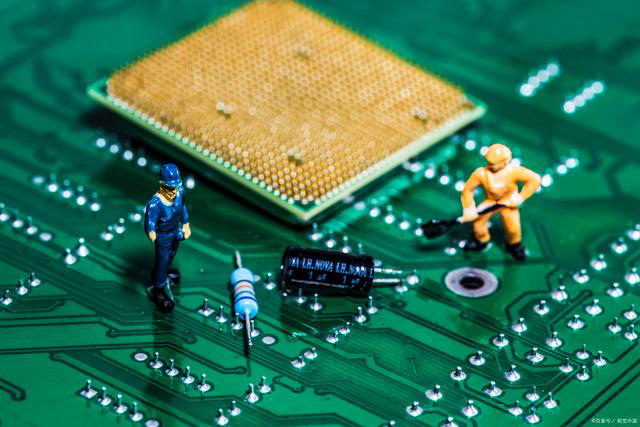IC carrier board and PCB (printed circuit board) are two common hardware elements in electronic product design. Although they are similar in some aspects, they have significant differences in design, functionality, and application. Understanding the difference between the two is crucial for electronic engineers.
Firstly, let's take a look at the IC carrier board. IC carrier board, also known as chip carrier board, is mainly used to support integrated circuit (IC) chips. IC is a micro electronic device that contains many electronic components (such as transistors, resistors, capacitors, etc.), which are connected through micro circuits to achieve specific functions. Therefore, the main task of the IC carrier board is to provide physical support for the IC and connect the circuits between the IC and other electronic devices. IC carrier plates are usually made of silicon, ceramics, or plastics, which can withstand high temperatures and have good electrical insulation performance.
And PCB, also known as printed circuit board, is a device used for interconnecting electronic components in electronic devices. It consists of one or more conductive paths printed on insulating sheets (usually fiberglass or plastic). The conductive path on a PCB can connect different electronic components, such as resistors, capacitors, transistors, LEDs, etc. PCB not only provides physical support for components, but also provides necessary electrical connections for components. Its design usually needs to consider the complexity of the circuit, electromagnetic compatibility, heat dissipation and other issues.
From a functional perspective, the main difference between IC carrier boards and PCBs lies in their connection methods and processing capabilities. IC carrier boards are mainly used to connect and support a single IC, while PCBs can connect and support multiple electronic components and form complex circuits. In addition, since IC carriers are usually made of silicon, ceramics, or plastics, their thermal conductivity and conductivity are usually higher than those of glass fiber or plastic substrates on PCBs, making IC carriers more suitable for high-temperature and high-power applications.
From an application perspective, the use of IC carrier boards and PCBs in electronic devices is also different. IC carrier boards are commonly used in microelectronic devices such as microprocessors, memories, amplifiers, etc. PCB is used for various electronic devices, such as computers, mobile phones, televisions, household appliances, etc.

Overall, although IC carrier boards and PCBs are important components in electronic devices, they have significant differences in design, functionality, and application. The IC carrier board is mainly used for support and connection
The IC carrier board is mainly used to support and connect integrated circuit chips, and its design and material selection need to consider the performance requirements of the IC, such as thermal conductivity, conductivity, etc. The design of PCB is more complex. It needs to consider circuit design, electromagnetic compatibility, heat dissipation and other issues at the same time, and it needs to connect and support various types of electronic components.
In practical applications, IC carrier boards and PCBs are usually used together. For example, in a microcomputer, key components such as CPU and memory may be installed on the IC board, while other components may be connected to the PCB. In this way, the IC carrier board and PCB together form the core part of the electronic device.
In addition, the manufacturing process of IC carrier boards and PCBs is also different. The manufacturing of IC carrier boards usually requires the use of microelectronic process technologies, such as lithography, etching, ion implantation, etc. The manufacturing of PCBs is usually completed through steps such as printing, electroplating, and drilling. These differences reflect the differences in process complexity, accuracy requirements, and other aspects between IC carrier boards and PCBs.
Although there are many differences between IC carrier boards and PCBs, they both play an important role in electronic devices. The IC carrier provides a miniaturized and integrated solution, enabling electronic devices to be smaller, lighter, and more powerful. The PCB provides stable and reliable electrical connections, enabling electronic components to work efficiently.
Finally, with the development of technology, the design and manufacturing technology of IC carrier boards and PCBs are also constantly improving. For example, the emergence of multi-layer IC carrier boards and high-density interconnect (HDI) PCBs has further reduced the size of electronic devices and enhanced their functionality. Meanwhile, new materials and process technologies, such as flexible PCBs and 3D printed circuit boards, have also brought more possibilities for the design and manufacturing of electronic devices.
Overall, both IC carriers and PCBs play an indispensable role in electronic devices. Understanding their differences can help us better understand the working principles of electronic devices and also help us make wiser decisions when designing and manufacturing electronic devices.